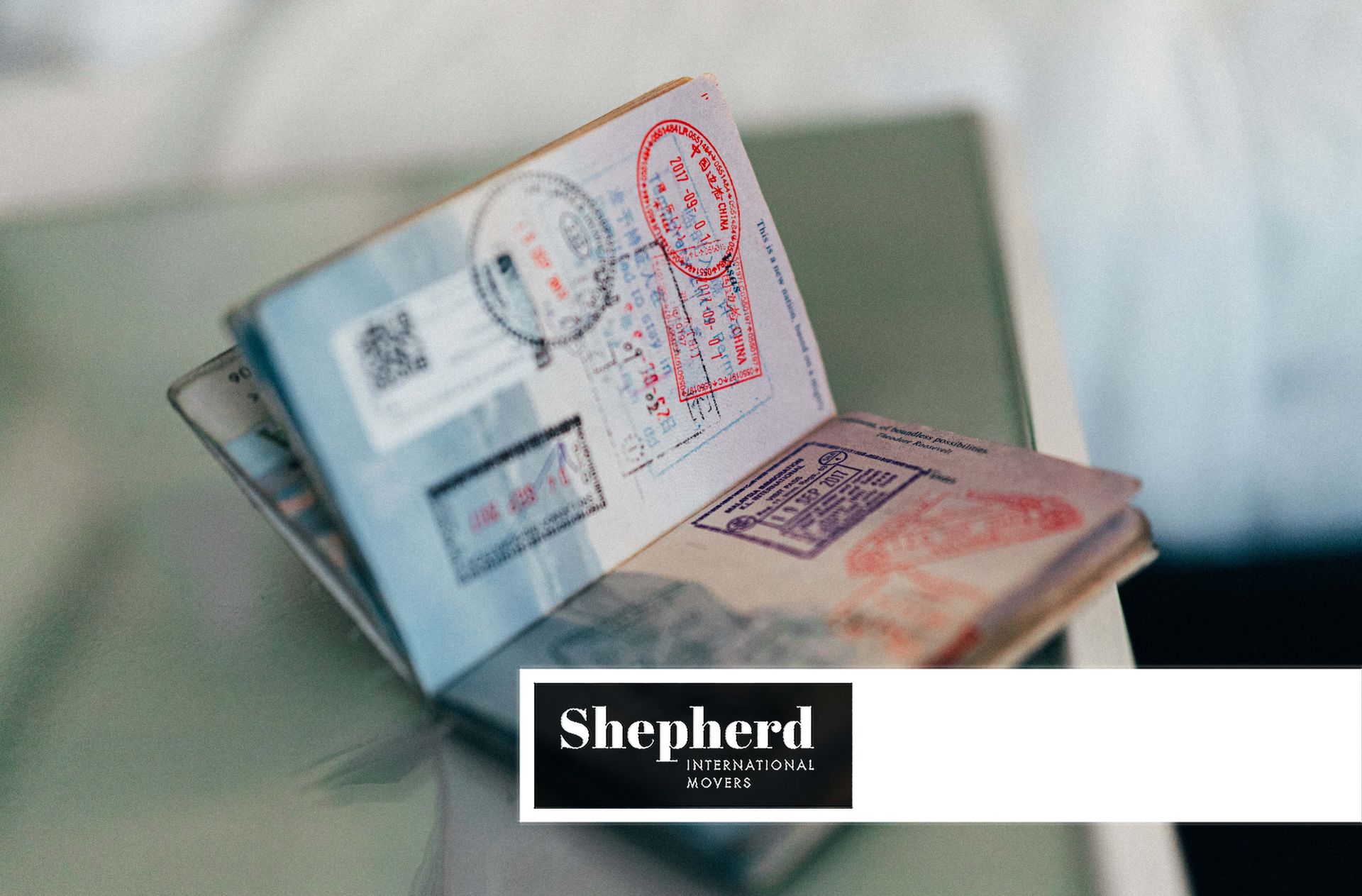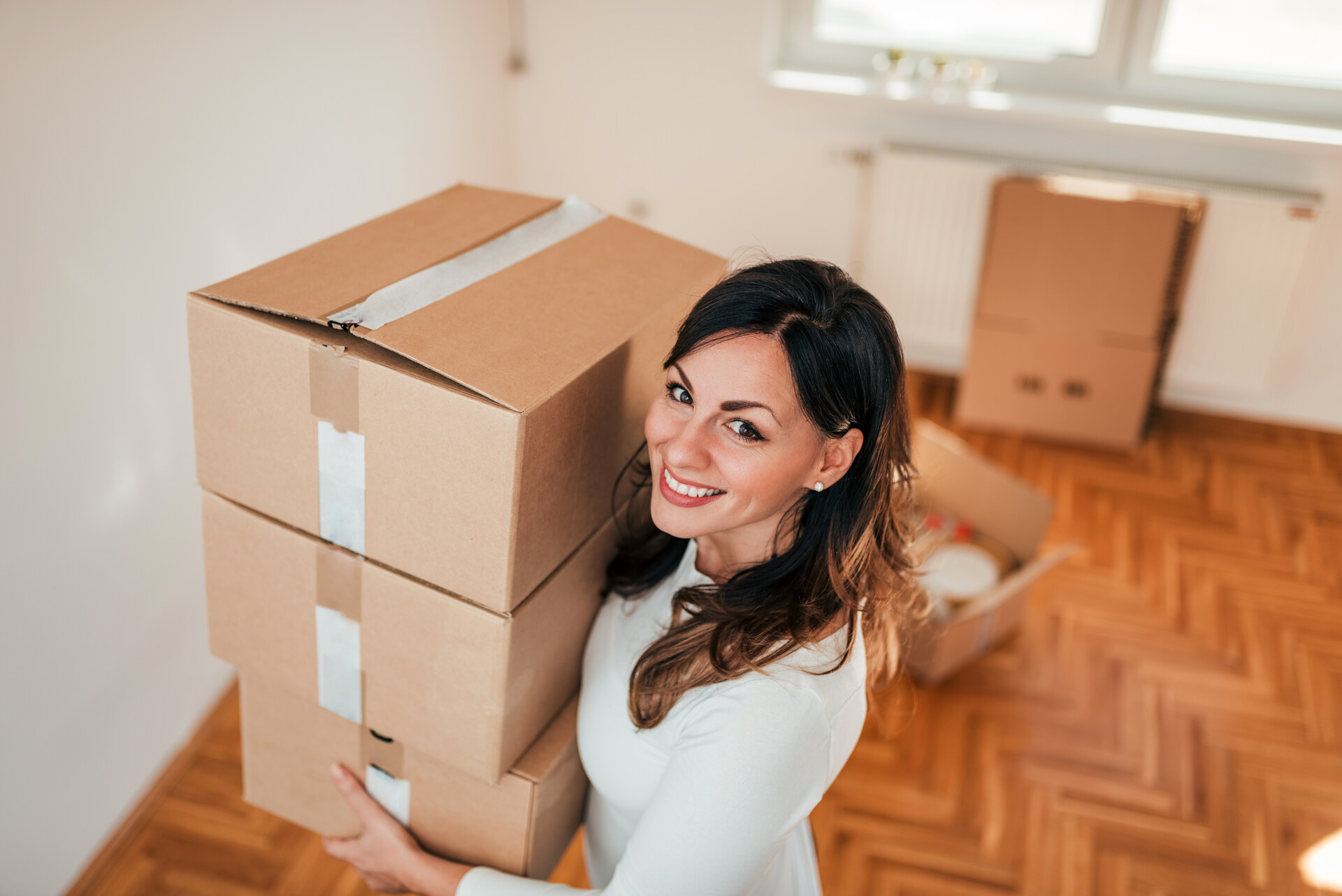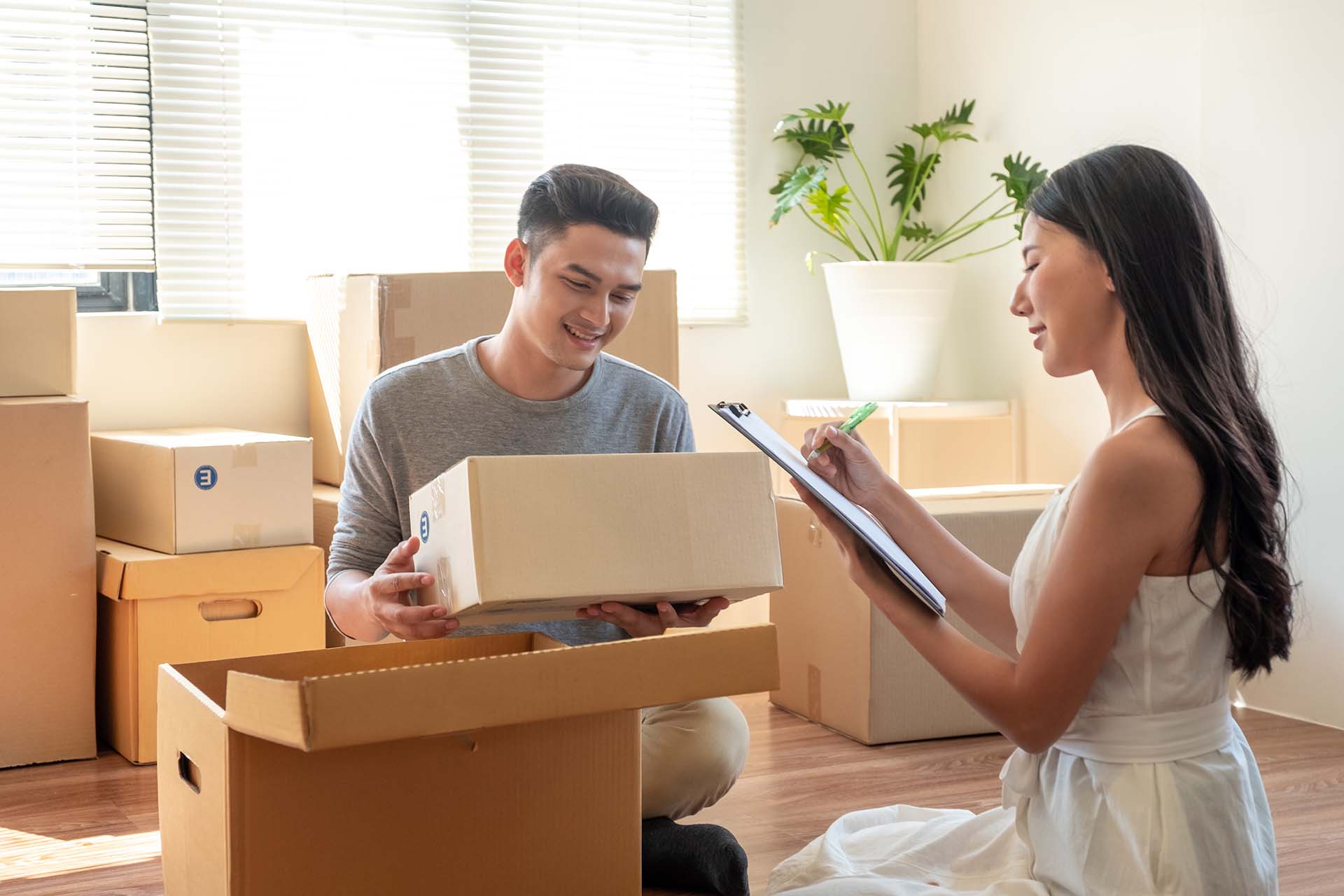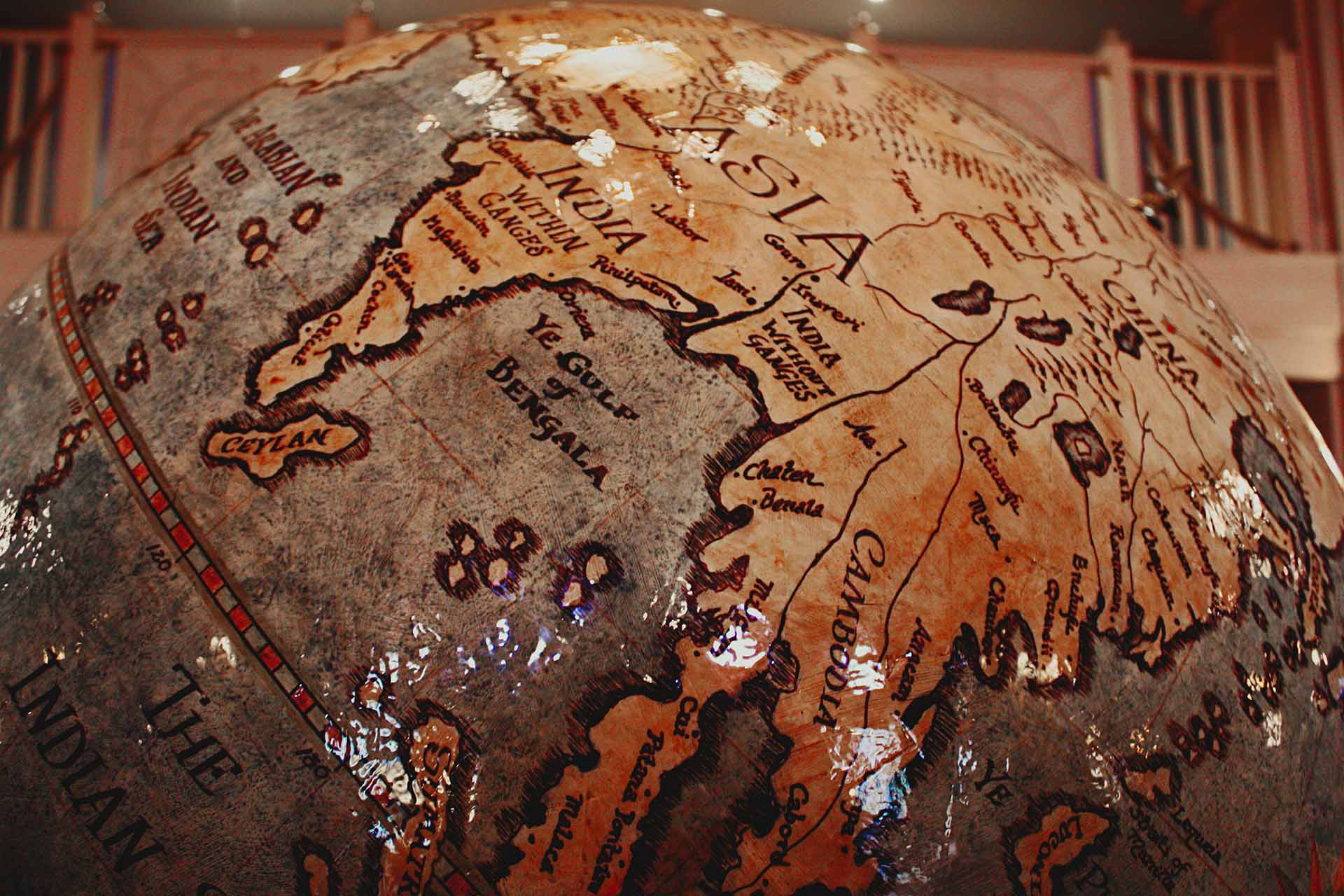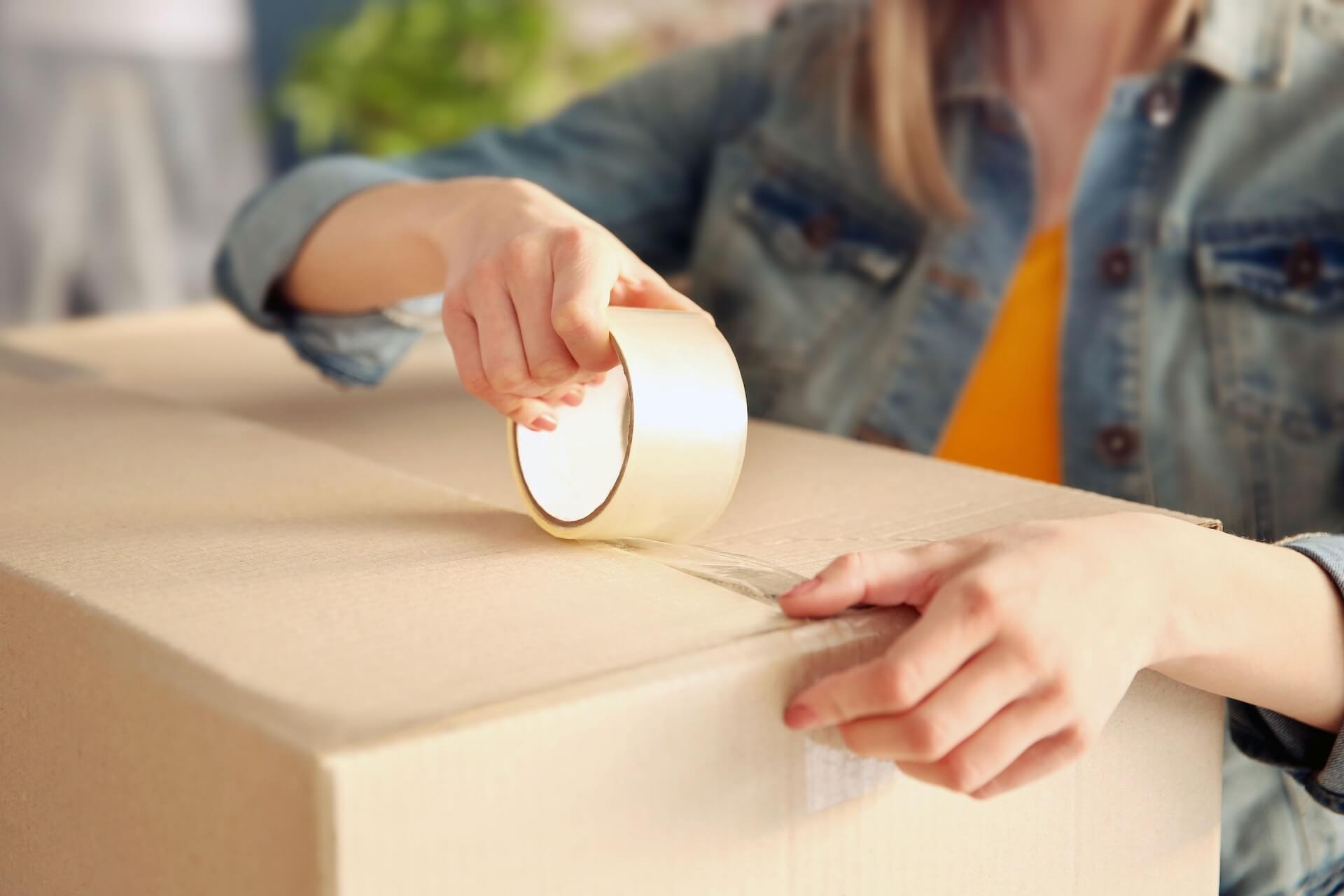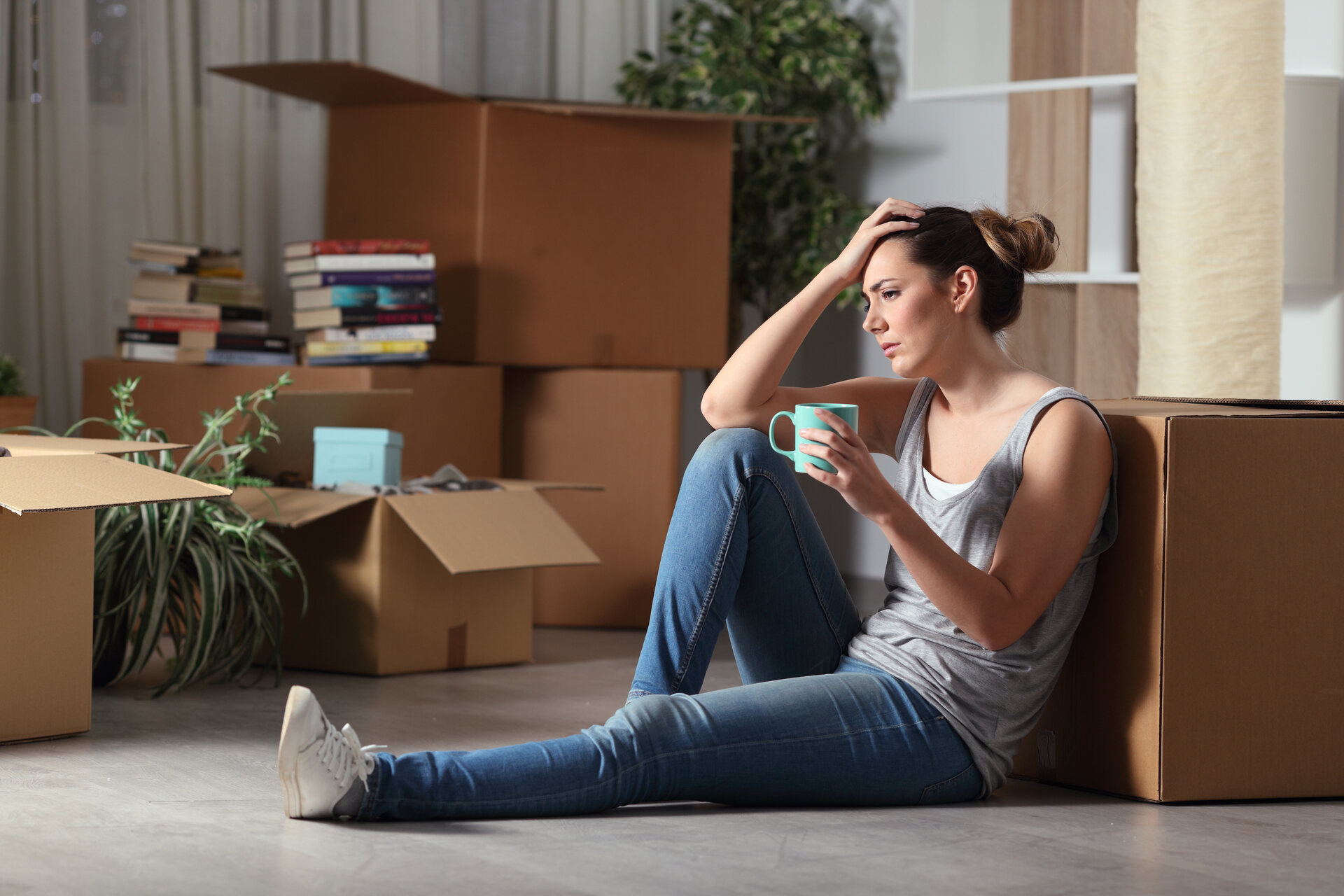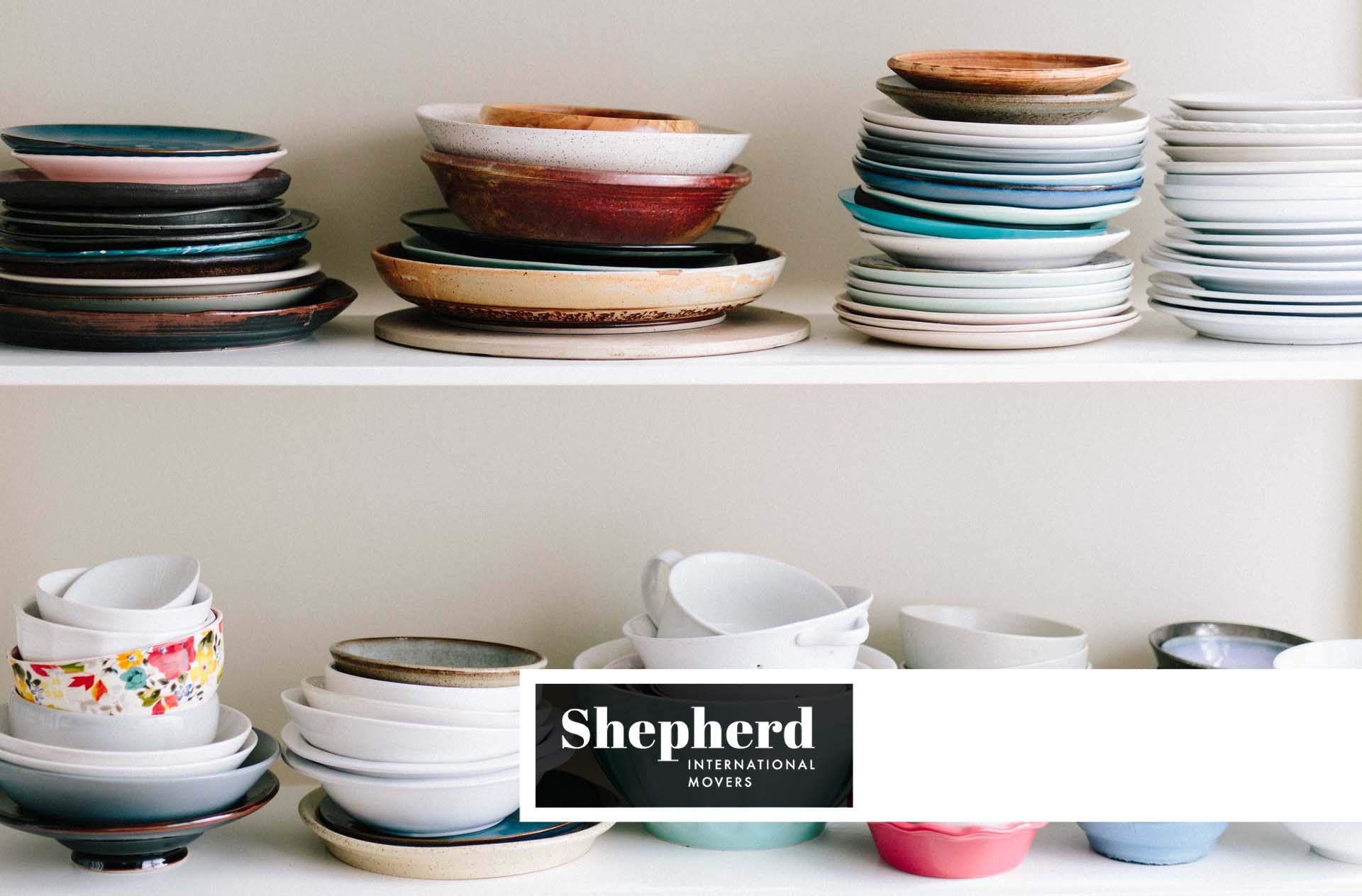

When moving internationally, you will want to relocate your kitchen supplies. So, knowing how to pack dishes for moving is more than helpful, especially since there are a lot of breakable items involved. Your belongings will have to cross a long journey, and if not packed properly, you might end up with crates filled with shattered glass.
By Knowing How to Pack Dishes for Moving, You Will Protect Your Possessions
Naturally, it may seem that packing fragile items like glassware is risky when relocating to another country. However, there is no reason why you should not include delicate kitchenware in your moving abroad checklist. The key is knowing how to prevent things from breaking, and the following article will provide you with many useful tips. Let us see what will be discussed:
- What packing materials are needed when packing dishes for moving,
- How to pack dishes when moving,
- What to avoid when preparing your kitchenware for relocation.
Tips such as these can prove to be extremely helpful when going to live abroad, as they can help you relocate your possessions more efficiently when moving overseas. However, keep in mind that there is always an option of hiring an international moving company. Professional assistance is always welcome when relocating abroad.
When Moving Fragile Items Like Plates, Packing Materials are Necessary
The last thing you want when relocating across the world is having to spend money on replacing broken things. Therefore, the question that should be asked before the relocation starts is: What to use to wrap dishes in when moving? Well, there are necessary protective supplies that you should have after deciding what to pack when relocating abroad:
- Protective paper and bubble wrap,
- Boxes (or, if available, dish boxes),
- Scissors and tape,
- Markers and stickers.
These supplies are instrumental for safe transportation when relocating overseas. But do not forget that professional packing services are available and that, with such a service, you will not have to worry about getting these materials. Moreover, your possessions will be packed adequately by qualified people and stored appropriately if storage services are needed.
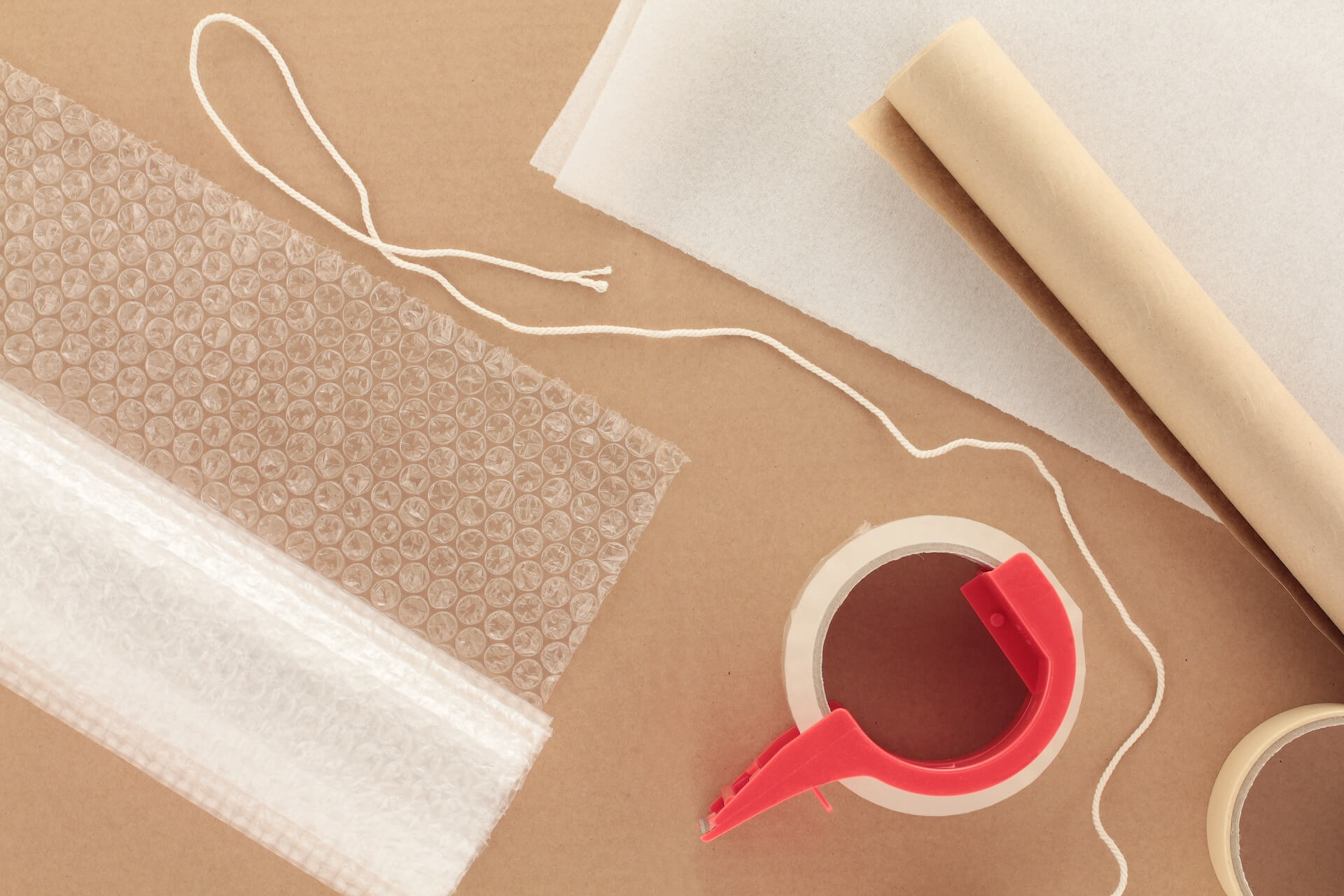
Your Kitchenware Needs to be Secured for Overseas Transportation
There are a few things that you should be aware of when wondering how to pack dishes for shipping. The task is not difficult by any means. However, if you just carelessly stack everything into your boxes, the chances that you will end up with broken glass are high. There is absolutely no need to rush anything in this situation. Acquire all the necessary equipment first, and then proceed to prepare your objects for transportation.
Boxes are the Most Commonly Used Containers When Transporting Kitchenware
First of all, it is highly recommended to take medium-sized containers. Before placing your kitchenware inside, you will have to apply additional safety measures. The bottom of the box should always be reinforced with plastic tape. Otherwise, the box could collapse under the weight. Then, crumpled pieces of protective paper should be placed to act as cushioning. Finally, the sides can also be covered with bubble wrap for extra protection.
A Dish Box is Ideal When Packing Dishes for Moving
Ideally, when transporting kitchenware, a dish box should be used. This container is specifically designed for kitchen items. It possesses special compartments that suit different types of objects. Moreover, they are a lot sturdier than the regular boxes. Even though they are more expensive, the extra protection is usually worth the price.
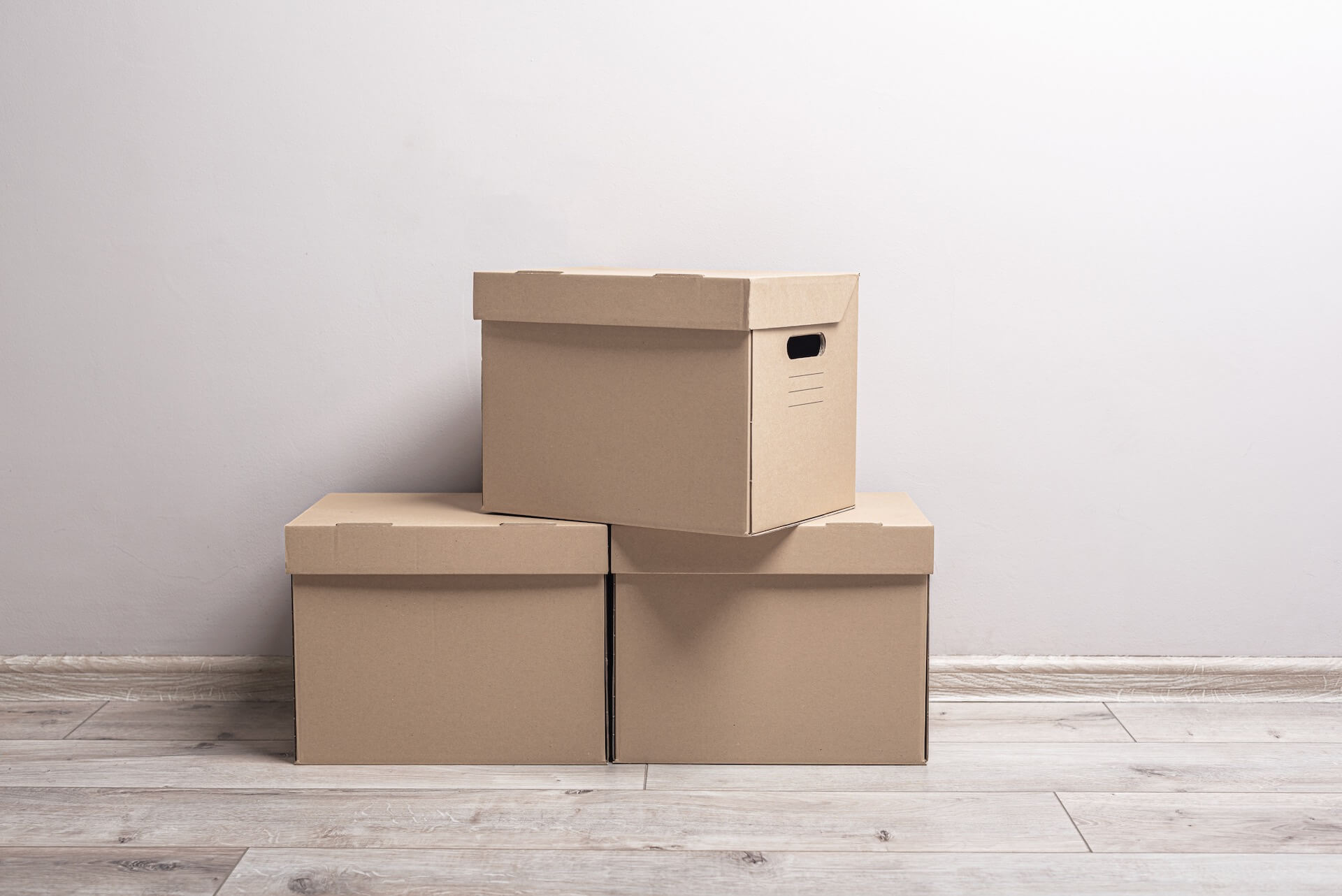
It is Always a Good Idea to Start From Bowls and Plates
The best way to pack dishes is to put them vertically in a box. You should avoid placing them horizontally since the slightest bump can be fatal. The same applies to bowls. As mentioned above, plates and bowls should be placed on a layer of crumpled protective paper, not directly on the cardboard.
Of course, before placing anything in containers, you need to cover each item in protective material. Spread the sheet on a horizontal surface and put a plate or bowl in the middle. Wrap it carefully and make sure that every bit is covered. Finally, tightly secure the protective material with tape. Once you have performed this procedure, the plate is ready to be placed into a container.
Cups and Glasses Require Pretty Much the Same Measures
One of the most important questions with regard to this issue: How do you pack glasses for moving? If glasses are not packed properly, they could easily break long before you get the chance to break the language barrier. The first thing that needs to be done is to fill them with crumpled paper. After filling them, you may continue with wrapping. Put the glass at one end of the protective sheet and start slowly rolling the glass towards the other end. Any extra ends that remain should be folded and not cut. This will create an additional layer and provide even greater safety for the item.
Stemmed Glasses Should Be Handled with Extreme Care
These objects will most likely be the most delicate pieces that you will have to transport. Furthermore, we must not neglect the material and sentimental value that they can possess. So, when going to live overseas, you will certainly want to decorate your new home with these prized possessions.
You will have to be extremely gentle when wrapping a stemmed glass. Again fill the glass with crumpled paper, but do not stuff too much. Slowly start wrapping the glass from one end to another. However, after wrapping, always check whether you can feel the edges of the glass through the covering. If you can, you have to apply an additional layer. Finally, consider using double containers – place the stemware in a smaller container, and then insert the entire package into a bigger one. The gaps between the two containers should be filled with any kind of protective material.

It is Best to Place Ceramic Tableware in Bubble Wrap
Pottery should be handled a bit differently when preparing for transport. Bubble wrap is more suitable here than paper. If, for example, a bigger ceramic bowl has to be transported, it is ideal to have one small container designated just for that item. The inside of the container should be filled with protective material. The ceramic item should then be placed and covered with more material. In this way, you will ensure that the item will not move. Here is a useful video on how to prepare pottery for transportation.
Here are Some Additional Useful Relocating Hacks
Relocating abroad alone can certainly be quite a stressful situation, and hacks like these can save you a lot of trouble. If you are in a situation where you cannot obtain the needed protective supplies, you should definitely consider these methods:
- If, for some reason, you have to put plates in a horizontal position, you can use paint buckets. They are usually quite sturdy, and more importantly, the bottom cannot collapse under the weight. Furthermore, this bucket will have similar dimensions to your plate. Therefore, with the proper application of protective materials, the plate will be fixed in one position.
- Plastic racks can easily replace containers. They are great for transportation as racks are specifically designed for holding kitchenware. This means that the objects will be completely secured. However, this is usually not a budget-friendly option.
- Styrofoam plates can provide great additional protection. Before wrapping, you can cover a plate with styrofoam on both sides. What is especially convenient is the fact that the styrofoam will perfectly fit your plate as it has the same shape.
- If you are relocating on a tight budget, old clothes, towels, rags, and even socks can replace protective materials. The method is the same. You will want to wrap everything completely and tightly secure it with tape. You are wondering why we mentioned socks? Well, socks can act as containers for smaller delicate objects.
Do Not Forget to Label Everything as “FRAGILE”
Before loading anything into a trailer, do not forget to use stickers and label each container. It is hard to remember what every crate contains. Therefore, having a sticker that tells you that something delicate is placed inside is of huge importance. Naturally, everyone will handle this crate with more care after seeing the sign.
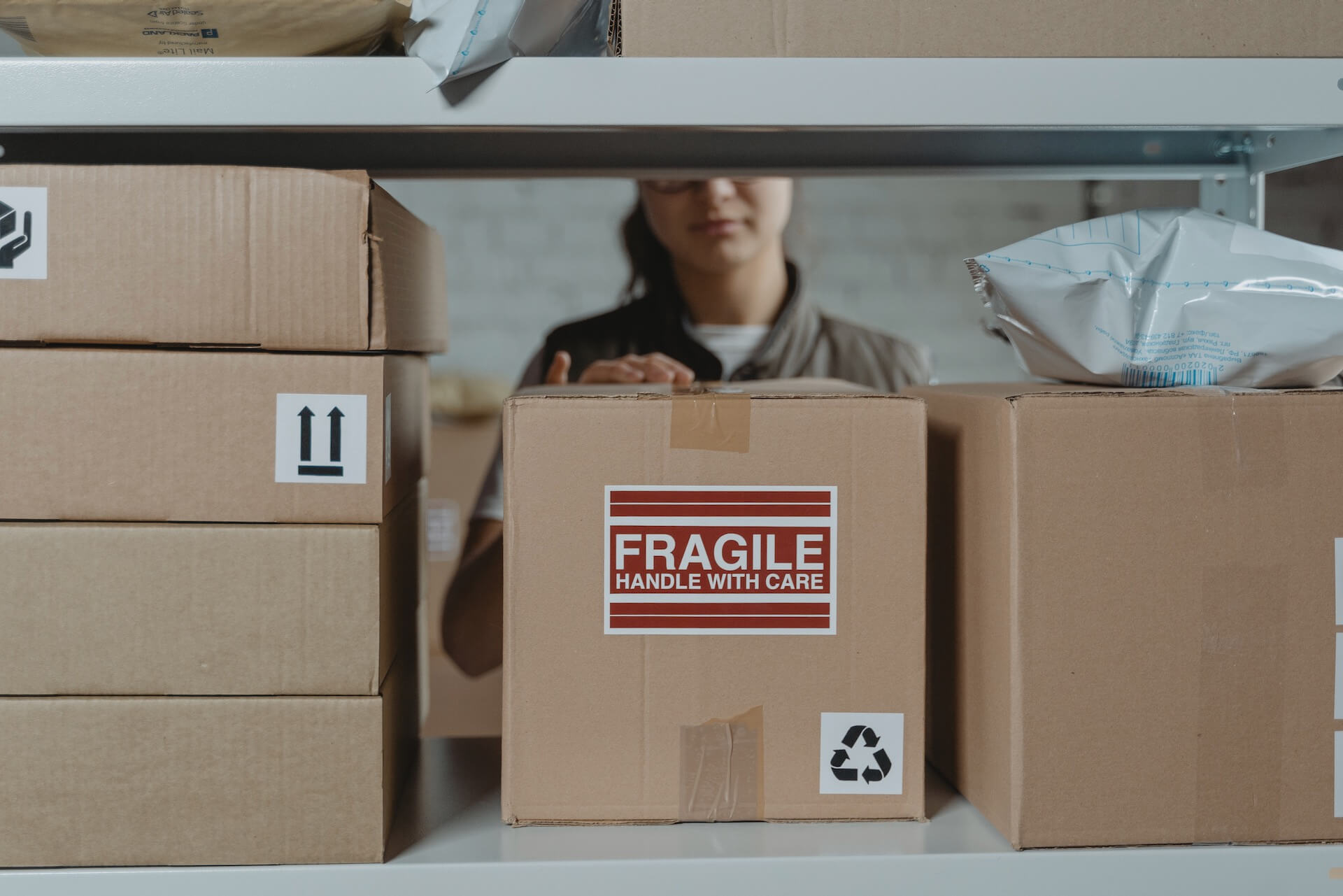
Certain Things Should Be Avoided in This Situation
Take these tips seriously, especially if you are new to relocation. Mistakes can be costly, and they can really make adjusting to a new country much harder. When you arrive at your new destination, you will want to focus on coping with the infamous culture shock, for example. Having to rectify transportation errors as soon as you have arrived will only aggravate the inevitable relocation stress. Here are the main things you should avoid:
- Under no circumstances should you relocate dirty kitchenware. When you are relocating to any of the best locations to live abroad, the journey will likely be long. Any bit of food, even the tiniest breadcrumbs, can attract all sorts of insects and rodents that can seriously damage all your possessions during transportation.
- It may seem to you that using a large container is more economical than buying a few small ones. Indeed, it is, but it should be avoided at all costs in this situation. First of all, you should always look to evade heavy lifting. And, if you are carrying a huge container with delicate kitchenware, you can imagine what can happen if you drop it. Secondly, it is much harder to fill all the gaps in bigger containers, which means that the objects will not be fixed as firmly as they can be in smaller containers.
- Using newspapers as protection is never advisable. Although newspapers do act as a substitute for protective sheets, the chemicals and colors that newspapers contain can leave indelible marks on your kitchenware.
- We understand that relocation entails a lot of expenses. However, saving on protective materials here is not a sensible move to make. Moreover, you should be quite generous when you begin wrapping. Know that replacing a broken mug will cost more than one protective sheet.
- Always reinforce cardboard crates with tape and add extra layers of protection on the bottom before filling them. The bottom of the container can easily collapse, and cushioning is essential. There is no point in being economical here.
Think About Hiring Professionals if You Have the Means
Whether you are relocating to the Bahamas or going to live in Europe as an American, the challenges that you will face will mostly be the same. It is not an easy task to relocate your possessions, and having professionals do this for you will save you a lot of time and effort.
But also, do not forget that you will have to think about things like relocating your car overseas, and a reliable relocating company will certainly have in their offer overseas vehicle shipping.
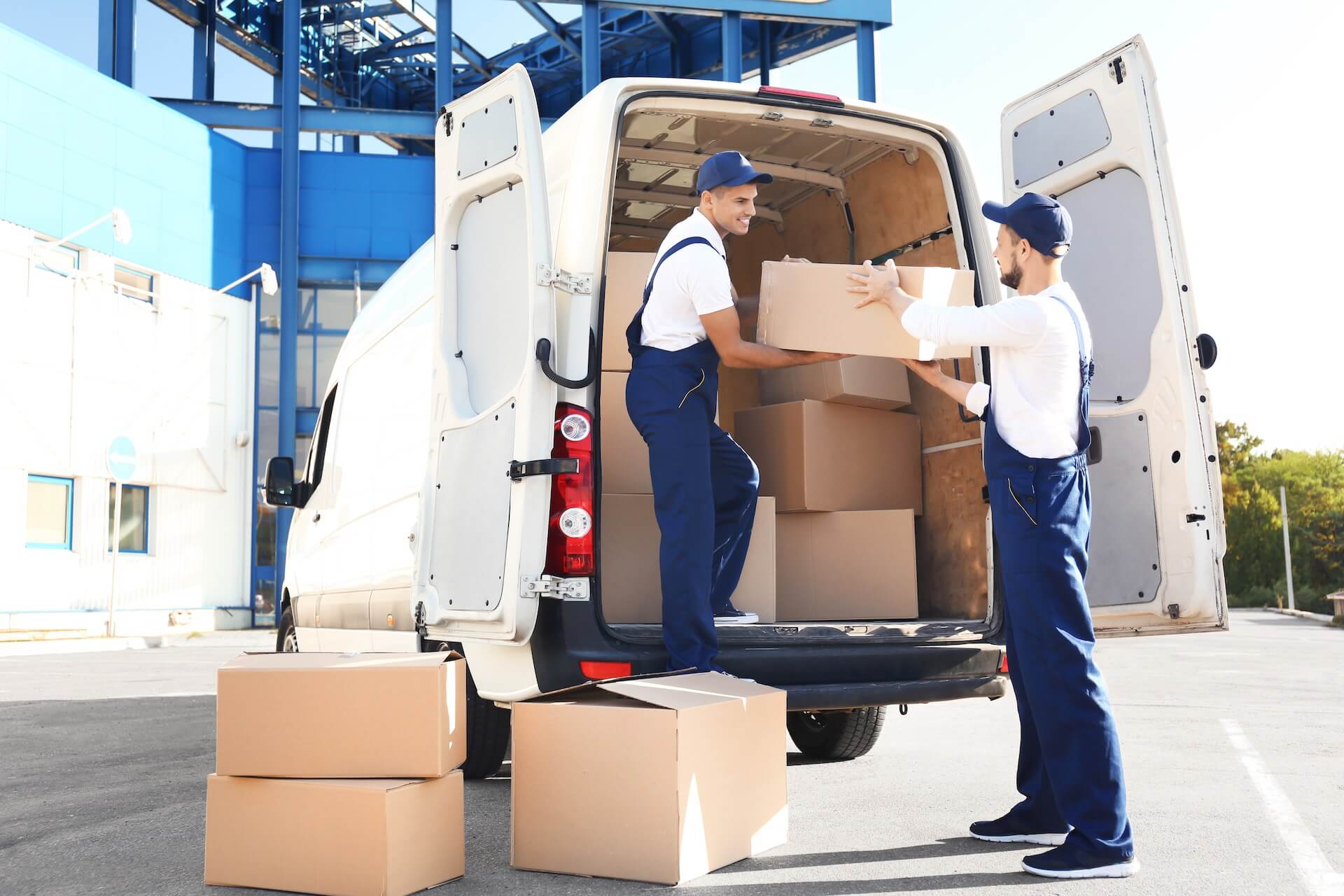
Having Home Possessions by Your Side When Relocating is Quite Important
As you can see, it is not difficult to learn how to pack dishes for a move. Nonetheless, this issue should not be approached carelessly, and take all tips from this article seriously. There are many reasons to move, and many wonderful, friendly countries to live in. Do not hesitate to contact expat communities and ask them about anything that you are interested in. But know this – with efficient and smooth relocation, you will get the chance to focus on your new environment much sooner.
